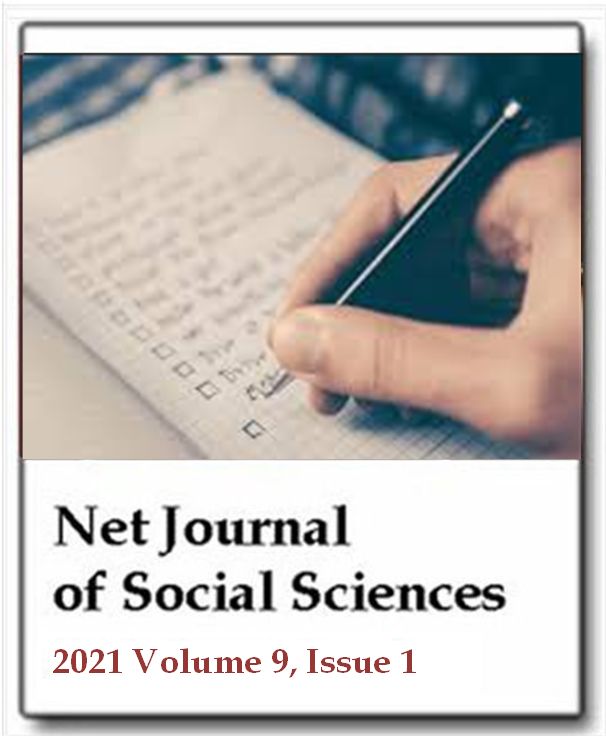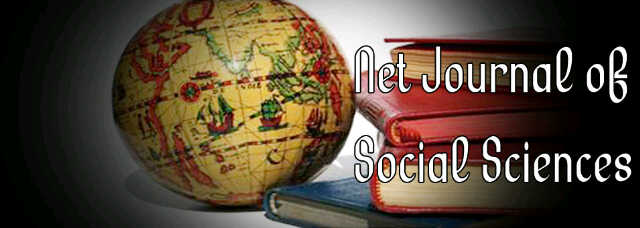Transportation: The un-slayed dragon in sugarcane farming in Western Kenya
Mukhwana DuncanNet Journal of Social Sciences
Published: March 15 2021
Volume 9, Issue 1
Pages 11-16
Abstract
In Kenya, sugarcane farming was introduced in 1902 milled by jaggeries before the introduction of Miwani sugar factory in 1922 and Ramisi in 1927. In western Kenya, sugarcane farming was introduced in 1972, with the establishment of Mumias sugar company which produced its first sugar in 1973. Nzoia sugar company was then established in 1978 with its first production in 1979. Thereafter, private sugar companies were established in the area including: West Kenya sugar company, Butali sugar company, Busia sugar company and Ole Pito sugar. The expansion of sugarcane farming to the former western province targeted accelerating the socio-economic development in the area, in the quest to redress the region’s economic imbalances through promoting indigenous entrepreneurship. Out of the total fourteen sugar factories in the country, six are currently domiciled and operating in the former western province. Despite the heavy presence of the sugar factories in the region, which marks a significant milestone in the industrialization direction, both farmers and sugar factories’ self-sufficiency is an elusive dream. This is the situation despite the region’s availability of both adequate and productive land for sugarcane farming and the heavy presence of adequate sugarcane milling capacity. This has prompted the study into what is necessitating the farmers’ rapid desertion of sugarcane farming (the sugarcane withdrawal syndrome) in the former western province. The study concluded that the rapid desertion of sugarcane farming by farmers in western Kenya is attributable to the reality that transportation of their produce (sugarcane) whether private or contacted, exorbitantly depleted their net returns leaving the sugarcane farmers a frustrated lot with no option than to ditch sugarcane farming for alternative productions.
Keywords: Transportation, sugarcane, harvesting, remunerations and deductions.
Full Text PDF
